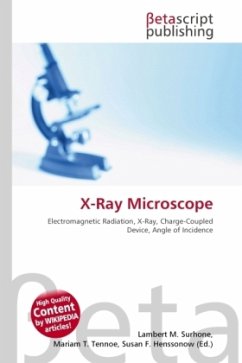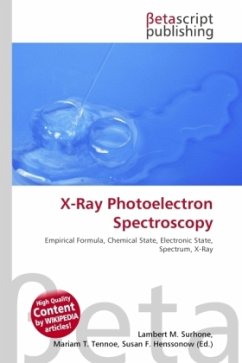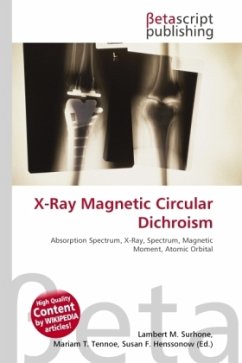High Quality Content by WIKIPEDIA articles! An X-ray microscope uses electromagnetic radiation in the soft X-ray band to produce images of very small objects. Unlike visible light, X-rays do not reflect or refract easily, and they are invisible to the human eye. Therefore the basic process of an X-ray microscope is to expose film or use a charge-coupled device (CCD) detector to detect X-rays that pass through the specimen. It is a contrast imaging technology using the difference in absorption of soft x-ray in the water window region by the carbon atom and the oxygen atom. Early X-ray microscopes by Paul Kirkpatrick and Albert Baez used grazing-incidence reflective optics to focus the X-rays, which grazed X-rays off parabolic curved mirrors at a very high angle of incidence.
Bitte wählen Sie Ihr Anliegen aus.
Rechnungen
Retourenschein anfordern
Bestellstatus
Storno








